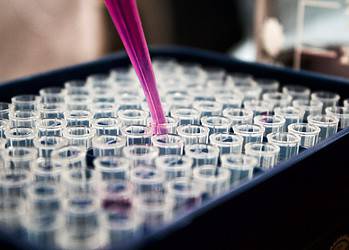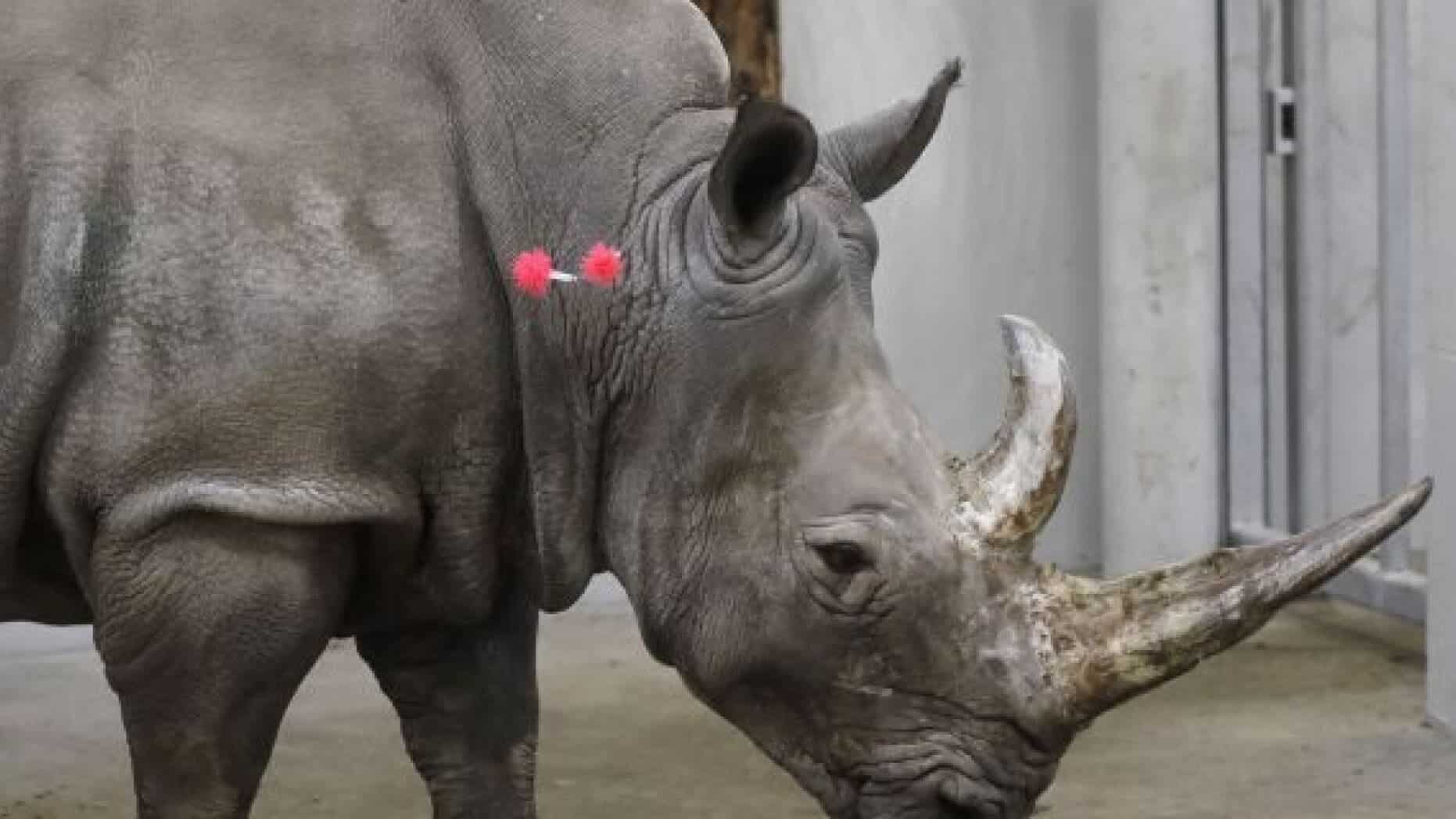If you’re familiar with the practice of IVF (in vitro fertilization), you may be aware of just how frustrating and painstaking this experience can be. Imagine how, on top of all the inherent problems that come with IVF, a genetic condition could also show up. The whole process becomes even more painful and difficult. But new technology could ease some of that pressure and risk.

Thankfully, preimplantation genetic testing (PGD), also known as embryo screening, can already be performed to genetically analyze IVF embryos for inherited diseases and the correct number of chromosomes before transfer into the mother’s womb.
However, PGD has limitations only detecting diseases caused by single-gene variants (called Mendelian diseases) such as sickle cell disease or cystic fibrosis. This means that identifying more common conditions like heart disease or cancer caused by the actions of more than one gene variant (known as polygenic diseases) is not possible — yet.
A new study published in Nature Medicine aims to change this. Researchers found that clinical staff could check the genome sequence of fertilized embryos created via IVF and the genetic risk of developing 12 polygenic diseases before implantation.
Based on a genome-wide study, the test identifies the various genetic variants or ‘risk alleles’ — gene variants likely responsible for a polygenic disease. This type of gene analysis, called a polygenic risk score, predicted the disorders with up to 99% accuracy.
These initial findings involved the polygenic risk scores of 10 sets of parents and the collective 110 fertilized embryos they produced. The team then compared the scores from the preimplanted embryos to scores gained from the genomes of 10 children who were subsequently born.
Results show that risk scores were predicted with 99% and 99.4% accuracy when generated from embryonic tissue at day five after fertilization, or between 97.2% and 99.1% accuracy with data gained from tissue at day three. Combining scores for ‘sibling embryos’ from the same parents also improved the accuracy of the tests – in some cases increasing the original numbr 15 times.
Despite this promising proof of concept, the authors highlight several problems with their study. As their data involves unborn infants, the analysis cannot include the total interaction of their genotype with the environment in the polygenic score system, which historically incorporates these figures by also analyzing the phenotype (to include the diseases that may develop after birth). Any may also be less effective in non-European populations.
Researchers acknowledge that many ethical questions need to be addressed by the scientific community and various boards regarding the use of human embryonic testing and possible termination before implantation. Parents should also receive counseling through this process.
Bioethicists Josephine Johnston and Lucas Matthews, in an associated News & Views, caution polygenic risk scores using IVF embryos “may further de-emphasize environmental and social determinants of common diseases.” Essentially putting the “responsibility for managing disease risk” into the hands of the individual rather than focusing attention on “structural solutions.”
Dr. Norbert Gleicher, Founder & Medical Director at Center for Human Reproduction, adds, “Although polygenic risk scores have become increasingly well-powered, they remain highly experimental.” Emphasizing how important it is that “genetic tests in reproductive medicine should be based on rigorous science, be transparent about efficacy, and be properly regulated.”
Journal Reference: Kumar et al (2022). Whole-genome risk prediction of common diseases in human preimplantation embryos. https://doi.org/10.1038/s41591-022-01735-0






